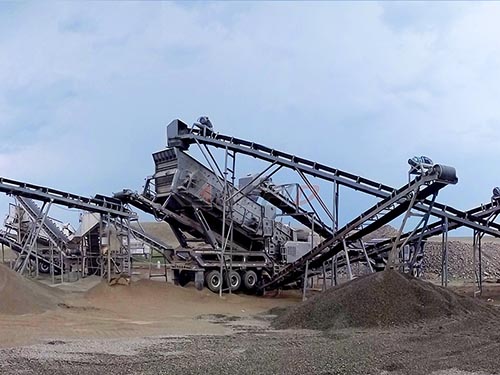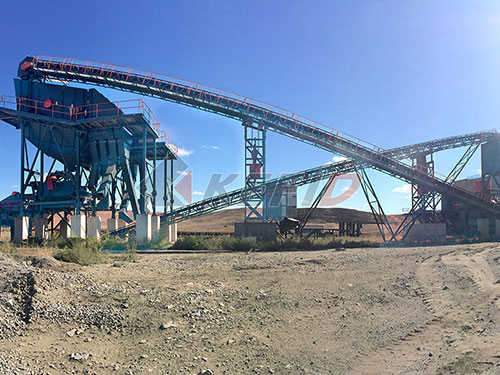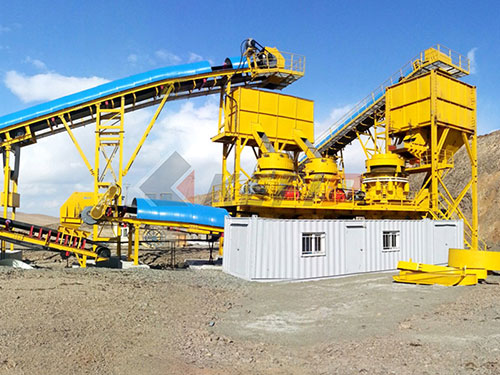Navigating Crusher Setup Costs in the UAE: A Comprehensive Guide for Project Planners

The United Arab Emirates, a global nexus of ambitious construction and rapid industrial expansion, presents a dynamic landscape for businesses involved in aggregate production and mineral processing. At the heart of these operations lies the critical process of size reduction, where primary and secondary crushers form the essential backbone. Understanding the setup costs for these crushers – encompassing equipment purchase, installation, infrastructure, and auxiliary systems – is paramount for accurate project budgeting and successful execution within this competitive market. This guide delves deep into the factors influencing these costs in the UAE context.

The Indispensable Role of Crushing Stages
Effective crushing is rarely achieved in a single step. The industry standard employs a multi-stage approach:
1. Primary Crushing (First Stage):
Objective: To receive large run-of-mine (ROM) material directly from the quarry face or blast site and reduce it to a manageable size (typically 100mm to 250mm).
Equipment: Characterized by robust machines designed to handle large feed sizes and high throughput capacities under significant impact and abrasion.
Jaw Crushers: The most common primary choice. Utilize a fixed jaw and a moving jaw to compress material against the fixed plate. Excellent for hard, abrasive rock. Relatively simple design.
Gyratory Crushers: Offer higher capacity than jaw crushers for similar feed openings. Feature a conical head gyrating within a concave bowl. Ideal for very high-capacity primary stations feeding large processing plants.
Impact Crushers (Limited Primary Use): While primarily secondary/tertiary machines, certain heavy-duty horizontal shaft impactors (HSI) can handle softer primary feed like limestone.
2. Secondary Crushing (Second Stage):
Objective: To further reduce the primary crushed material to an intermediate size suitable for final product or feeding tertiary crushers/screens (typically ranging from 20mm to 100mm). Focuses on achieving better shape and particle size distribution.
Equipment: Designed for higher reduction ratios than primaries but handling smaller feed sizes.
Cone Crushers: The dominant choice for secondary crushing. Material is compressed between an eccentrically gyrating mantle and a stationary concave liner. Excellent control over product size and shape, especially crucial for high-value aggregates like concrete or asphalt sand.
Impact Crushers (HSI

Leave a Reply